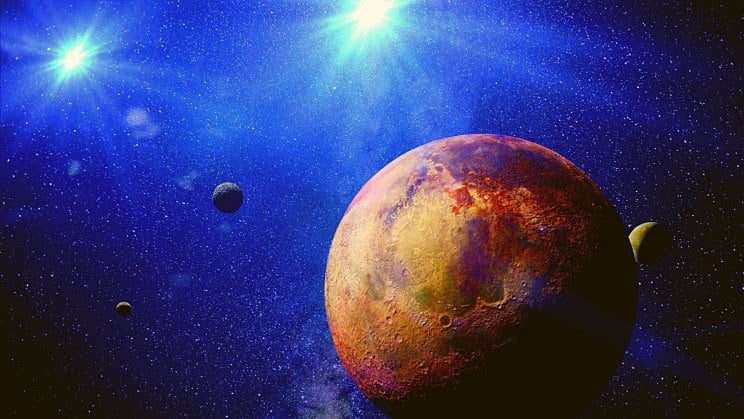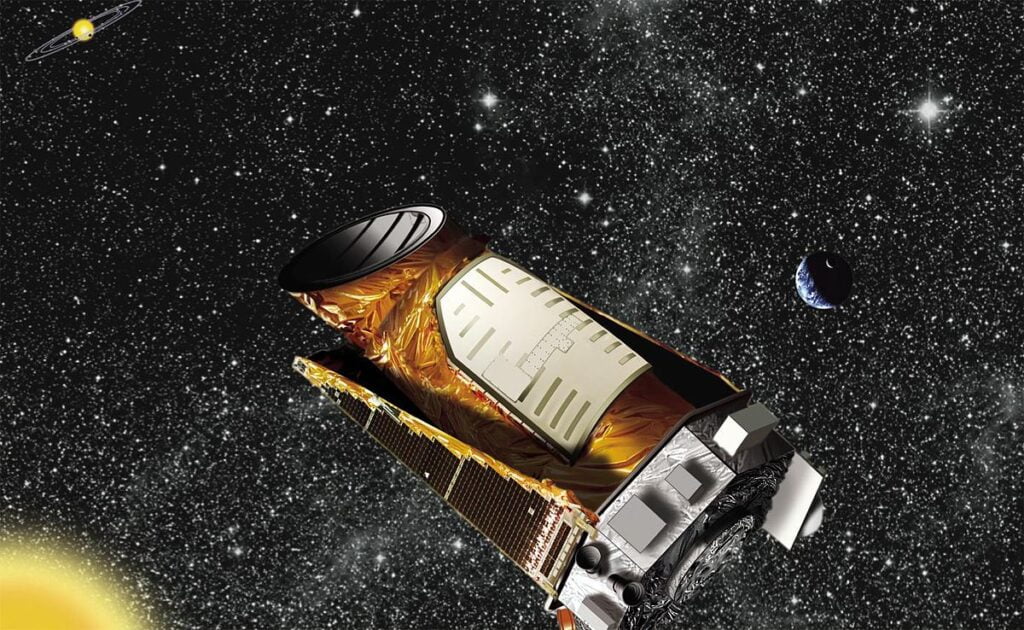Almost fifty years ago the creators of the Star Wars saga invented a habitable planet called Tatooine. Its peculiarity? That of rotating around a pair of stars, in the light of a double sunset.
Astronomers have just found startling evidence pointing to five star systems (Kepler-34, -35, -38, -64, and -413) that could support life, according to a new study. published in the journal Frontiers in Astronomy and space sciences.
In other words, we have just taken five steps towards the possibility of finding life beyond our solar system.
Five star systems with habitable zones

A newly developed mathematical structure enabled researchers at the University of Washington and New York University in Abu Dhabi to make the discovery. The team found that these five star systems (2.764 and 5.933 light-years from Earth, in the constellations Cygnus and Lyra) each have a “Permanent Habitable Zone.”
A habitable zone is a region of space near the stars where liquid water can form and remain on the surface as it does on Earth. One of the systems, kepler-64, has at least four such stars.
“It is very likely that life evolved on planets located in the Habitable Zone of their system, just like Earth,” he says Nikolaos Georgakarakos, study author and research associate at New York University Abu Dhabi. “For the first time we see that Kepler-34 -35, -64, -413 and especially Kepler-38 are suitable for hosting Earth-like worlds. Worlds with oceans”.
They pop up all the time
Scientists generally think that most stars host planets, and the discovery of additional exoplanets has accelerated continuously since 1992.

To date, 4.375 exoplanets have been discovered, 2.662 via NASA's Kepler space telescope on its mission to the Milky Way between 2009 and 2018. Other exoplanets were discovered with NASA's TESS telescope. ESA, the European Space Agency, also aims to launch its PLATO spacecraft by 2026 to find new exoplanets.
Habitable zones around “The Five Kepler” star systems they are between 0,4 and 1,5 astronomical units (UA, the distance from the Earth to the sun), and from distances between 0,6 and 2 AU from the center of their stars.
These star systems will be the focus of much interest in the next decade, with the launch of several new telescopes for hunting exoplanets.


